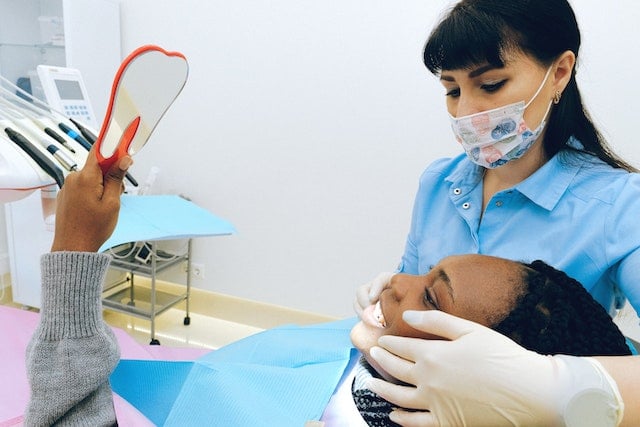- Office Hours Mon - Fri 9:00 am – 4:00 pm EST
The key to offering complete dentistry starts with a thorough complete dental examination, but the order and how each Dentist explains this to patients can vary.
The following is a step-by-step process that my practice follows.
During the entire exam I am educating the patient on what is stable and unstable. Along with the photos, I also use a hand mirror to help the patient see themselves and how the teeth fit together during excursions to help them understand why the teeth are wearing and helping them understand if they do nothing they will continue to wear.

The key I have found over the years is as you are educating your patient you need to be listening if they are in return asking you questions. If questions aren’t being asked then the patient is usually not owning the problem at this point. This is the patient you would not move to records at this point.
The patients that are asking questions on what can we do to fix it and change the environment, these are the patients I have return for a records appointment to take study models, Dawson photo series, facebow and CR bite record which allows me to be thorough in treatment planning the case. I let the patient know that I want to give them the best treatment possible with the least amount of dentistry and that is why I need the study models to make that decision.
Learn more about these techniques live at Core 2: Examination & Records
When you join September’s Core 2: Examination & Records course, you’ll receive complimentary virtual access to Core 1: Occlusion & Smile Design.
PLUS, take $1,000 off your Core 2 registration!
(That’s a $1,999 deal!)
ADA CERP is a service of the American Dental Association to assist dental professionals in identifying quality providers of continuing dental education. ADA CERP does not approve or endorse individual courses or instructors, nor does it imply acceptance of credit hours by boards of dentistry.
Concerns or complaints about a CE provider may be directed to the provider or to the Commission for Continuing Education Provider Recognition at ADA.org/CERP.